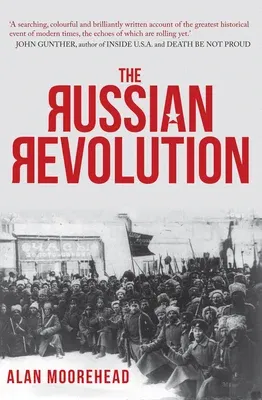The Russian Revolution dismantled the ancient Tsarist autocracy and led
to the rise of the Soviet Union. The Russian Empire collapsed with the
abdication of Emperor Nicholas II and the old regime was replaced in
February 1917. In the second revolution that October, the Provisional
Government was removed and replaced with a Bolshevik (Communist)
government. The Bolshevik party, led by Vladimir Lenin, appointed
themselves as leaders and seized control of the countryside,
establishing the Cheka to quash dissent. To end Russia's participation
in the First World War, the Bolshevik leaders signed the Treaty of
Brest-Litovsk with Germany in March 1918. Civil war erupted among the
'Reds' (Bolsheviks), the 'Whites' (anti-socialist factions), and
non-Bolshevik socialists. It continued for several years, during which
the Bolsheviks defeated both the Whites and all rival socialists. In
this way, the Revolution paved the way for the creation of the Union of
Soviet Socialist Republics (USSR) in 1922. In this book Alan Moorehead
gives a brilliant account of these formative events. This not only
remains the most readable account of the revolution, but sheds
fascinating light on the Western view of the Soviet Union at the time of
writing during the Cold War.

